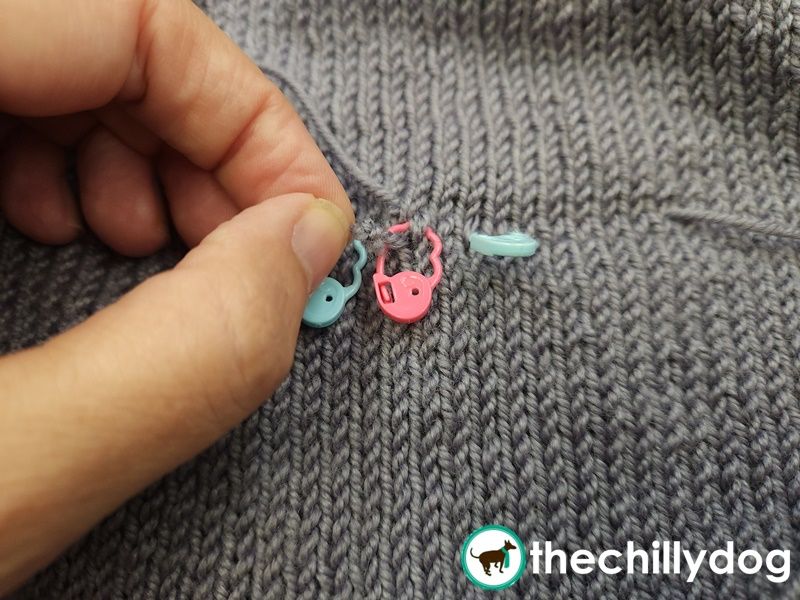It's Knot OK!

There's a reason why knitting is better with friends. Besides the great conversations and comradery, there's usually someone in the group that can help when you have a problem (knitting or otherwise). At the very least, the group can brainstorm possible solutions.
This week at our coffee and knitting group I was the fixer of a pair of similar problems that seemed big in the moment, but only took a few minutes of patience and less than a yard of yarn each to fix.
Both problems were related to knots. Don't you just hate when you are knitting along and find a knot in your yarn! It's almost always best to cut out the knot, and re-join the yarn ends with something more secure like a Russian join, or even a spit join. Unfortunately neither knitter had done that. They just knit on. And that's where the problems began.
The first knitter had finished her sweater thinking the knot would be just fine. Then she blocked it and guess what. The knot came undone creating a hole. Ugh! The second knitter was still working on her sweater and didn't want to suffer the same fate, but also didn't want to rip out dozens of rounds of stitches.
Duplicate Stitch to the Rescue
I didn't get pictures of fixing the hole in the first knitter's sweater, but I did get pictures of taking out the knot before it could create a hole in the second knitter's sweater, so here we go.
There's more to explore in the Learning Library!
